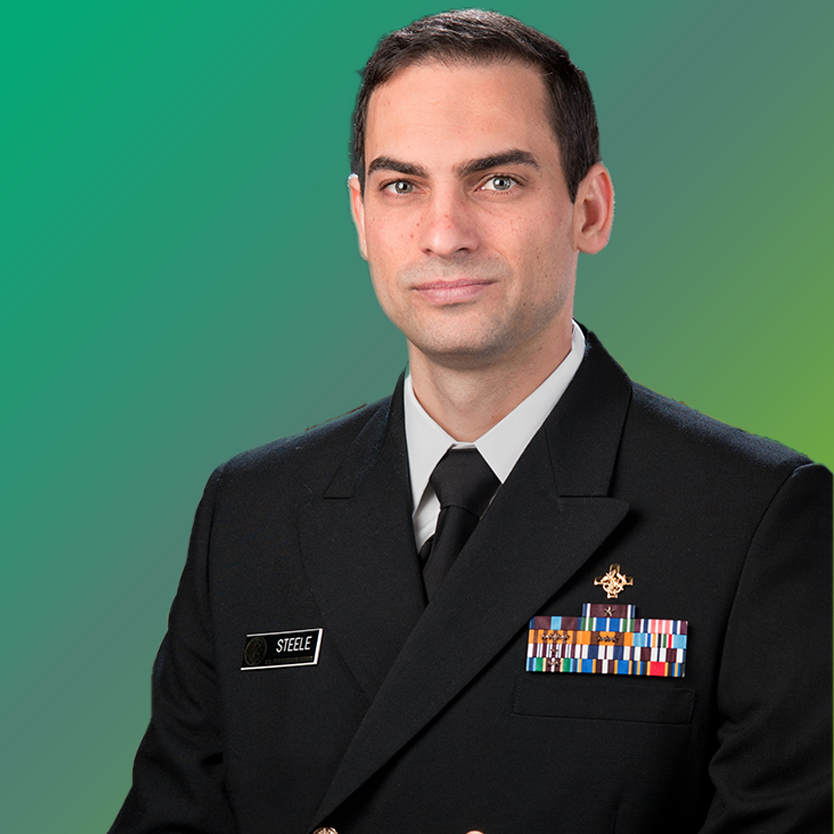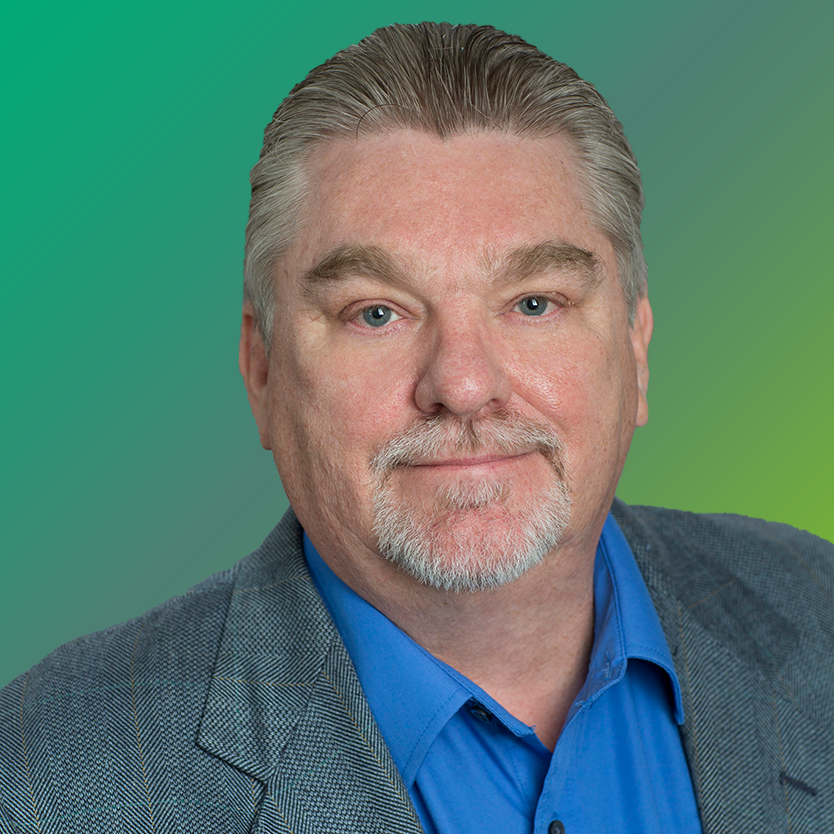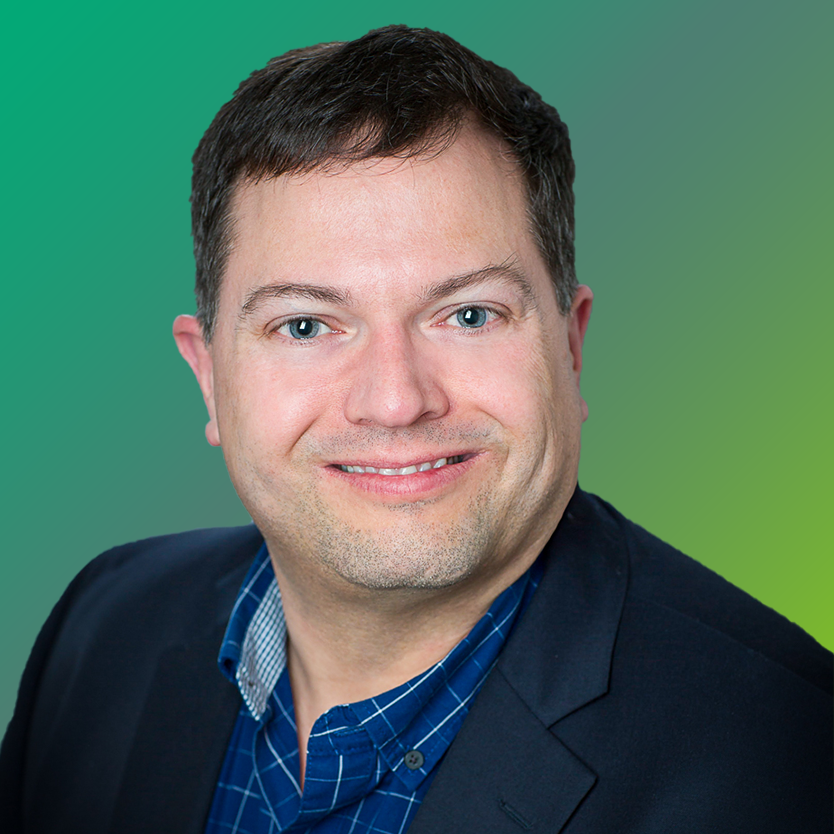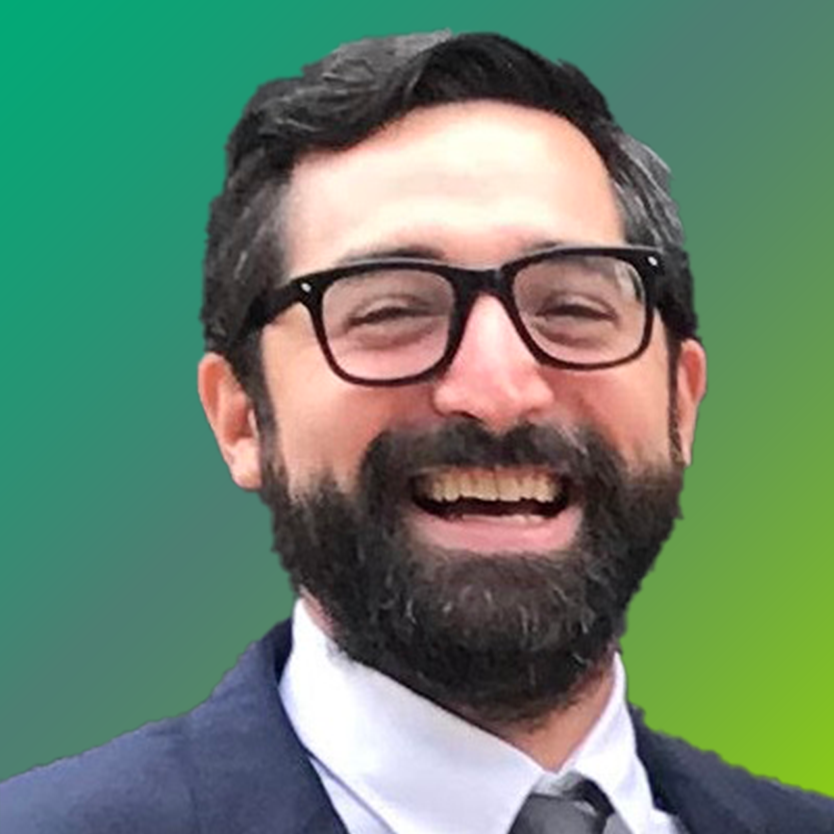|
Session C1.1
Oatland Island Pesticide Remediation Project
Leanne DeFoor & Brek Steele
9:00 – 9:30 AM (PT) | 12:00 – 12:30 PM (ET)
| About the Presentation |
|
Oatland Island, a small barrier island on the Georgia coast, is home to a group of residents, as well as to the Savannah-Chatham County School System's (SCCSS) Oatland Island Wildlife Center. The Wildlife Center property was previously owned by the U.S. Public Health Service in the 1940s, and later CDC, until 1974, when CDC transferred it to SCCSS for educational use. In 1998, SCCSS discovered pesticides in soil and surface groundwater at the site. When SCCSS reached out to CDC for assistance, CDC launched a proactive, creative, and highly effective project to protect human health and the environment through a voluntary investigation and clean-up of pesticides in collaboration with SCCSS, the Georgia Environmental Protection Division (GA EPD), the Wildlife Center, ATSDR, and residents of the island.
The project included removal of contaminated soils, restoration of the soil and installation of native vegetation to ensure ecological preservation of the site, presentations to and meetings with residents and community, treatment of groundwater in the shallow aquifer at the site, and regular monitoring of both the shallow aquifer groundwater and deep Floridan aquifer drinking water supply (the drinking water was never exposed to pesticides). CDC partnered with ATSDR to evaluate potential impacts to human health and the environment and to model the potential migration of any pesticides at the site so as to avoid potential impact to the sensitive tidal marshland surrounding the site.
CDC's project staff worked cooperatively with the various stakeholders in local and state government, as well as the island's residents, to ensure everyone was kept informed of activities at the site. Regular communication and public meetings to hear and address concerns were important factors in the success of the project. In 2020, CDC submitted a closure report for the project, and GA EPD granted site closure forty-one years ahead of schedule. This project is an excellent example of the great work that can be accomplished when federal, state, and local government and citizens work cooperatively together on environmental projects.
 Remediation Track, 0.5 AICP Credits Remediation Track, 0.5 AICP Credits
|
| About the Speakers |
|
 Leanne DeFoor Leanne DeFoor
Environmental Compliance Officer
U.S. Centers for Disease Control & Prevention
Leanne DeFoor is an environmental attorney who joined CDC in 2019. Before CDC, Leanne practiced business and regulatory law for seven years at a large international law firm and taught environmental law on the faculty at University of West Georgia for 11 years. She previously served as Quality & Technical Manager at Southwire Company, where she managed Quality Assurance, Human Resources, EHS, and Training and supervised a staff of managers, engineers, professionals, and technicians. She began her career as a Corporate Environmental Engineer at Southwire, managing environmental regulatory compliance for all domestic and international manufacturing plants and distribution centers. Leanne has a BS degree in Biology, MS in Environmental Science (graduation pending), and Doctorate in Law with Honors.
|
|
 Brek Steele Brek Steele
Associate Director, EMOSO
U.S. Centers for Disease Control & Prevention
CDR Brek Steele serves as the Associate Director in EMOSO overseeing Environmental Compliance and Waste Operations. Brek has been with CDC for 10 years and the U.S. Public Health Service for 14 years. He has participated in over 20 federal, agency and military health responses. Prior to working with CDC he was a field environmental health officer with the Indian Health Service in Alaska and in South Dakota where he worked on vector disease prevention, water and sanitation projects, injury prevention and disease investigations. He received his Master's in Public Health from the University of South Florida and his undergraduate degree in Environmental Health from Missouri Southern State University.
|
Session C1.2
Treating 1,4-Dioxane with Activated Potassium Persulfate
Patrick Hicks & Brant Smith
9:30 – 10:00 AM (PT) | 12:30 – 1:00 PM (ET)
| About the Presentation |
|
1,4-Dioxane has emerged as a contaminant of concern for numerous sites. It is most commonly found at sites co-mingled with the chlorinated solvents it was used to stabilize and their daughter products. The co-mingling of 1,4-dioxane with chlorinated solvents can make treatment of the entire contaminated suite more complex as 1,4-dioxane is typically treated using an oxidative radical pathway and several of the chlorinated solvents are best treated with a reductive pathway. In several instances this has led to sites where the chlorinated solvents were treated only to expose the untreated 1,4-dioxane.ApproachAlkaline activated potassium persulfate was evaluated at two separate sites contaminated with a mixture of 1,4-dioxane, chlorinated ethenes, and chlorinated ethanes.
The sites were first evaluated in a series of column reactors where site groundwater was then run through the columns until the potassium persulfate had been consumed. One of the sites subsequently had a successful field pilot test with alkaline activated potassium persulfate applied with a full-scale application in 2018.ResultsThis presentation will provide the results from each site and highlight key conclusions in terms of the effectiveness of the oxidative and reductive pathways and comparative benefits of two activation schemes for potassium persulfate.
The data indicate hydrated lime induced alkaline-activated potassium persulfate reduced 1,4-dioxane, chlorinated ethenes, and the chlorinated ethanes concentrations to below the detection limit. ZVI-activated persulfate resulted in treatment to non-detect of 1,4-dioxane and chlorinated ethenes while reducing chlorinated ethanes by 20 to 60 percent. Field data not only evaluated treatment effectiveness but also the persistence of potassium persulfate compared to the site's groundwater velocity. Field data indicates the potassium persulfate was persisting as expected based on the observed groundwater velocities and that 1,4-dioxane was treated to below the detection limit at the PRB and significant reduced down gradient.
 Remediation Track, 0.5 AICP Credits Remediation Track, 0.5 AICP Credits
|
| About the Speakers |
|
 Patrick Hicks Patrick Hicks
Regional Technical Sales Manager
PeroxyChem/Evonik
Dr. Hicks is the Technical Sales Manager for PeroxyChem Soil and Groundwater Remediation. He has more than 30 years of experience in applied microbiology, with significant experience in the design and implementation of a variety of environmental remedial technologies. Research and development of technologies has been conducted in laboratory, field pilot scale and full scale, however he has focused on application of remedial technologies in the field. Dr. Hicks has supported numerous injection projects in the United States, South America, Australia and Europe. The spectrum of injection sites supported includes aquifers ranging from sands to clays, and diverse product placement including electron donors, electron acceptors, and chemical oxidants.
|
|
 Brant Smith Brant Smith
Technical Applications Manager: ISCO
PeroxyChem/Evonik
Dr. Brant Smith is the Technical Applications Manager for In Situ Chemical Oxidation (ISCO) technologies at PeroxyChem. With over 15 years of experience, Dr. Smith has designed and implemented numerous field applications and bench scale tests involving ISCO, in situ bioremediation, in situ chemical reduction, and metals stabilization. He has been an author on over 70 presentations at national and international conferences and his research have been published in journals including Environmental Science and Technology, Journal of Contaminant Hydrology, Environmental Toxicology and Chemistry, Journal of Environmental Science and Health, and Journal of Environmental Engineering. Dr. Smith has been a co-Principal Investigator for a research grant (ER-2132) awarded by through the Strategic Environmental Research and Development Program (SERDP) and is a chapter co-author for the book "In Situ Chemical Oxidation for Groundwater Remediation" (Siegrist, et al., 2011). Dr. Smith obtained a Bachelor's of Science with the majors of Civil and Environmental Engineering and Economics from Worcester Polytechnic Institute, and a Master of Science and Ph.D in Civil Engineering from Washington State University. He is a registered Professional Engineer in Washington State.
|
Session C1.3
Isotopic Tracers as a Proxy to Assess Nitrogen Transformations in a Constructed Bioretention Cell: A Possible Metric to Assess Lids
Sean Ahearn
10:00 – 10:30 AM (PT) | 1:00 – 1:30 PM (ET)
| About the Presentation |
|
Anthropogenic activity stresses nutrient balance in shallow groundwater systems, estuaries, wetlands and lakes causing both short and long term environmental consequences. Stormwater events mix and move massive amounts of water and nutrients into and out of urban and rural watersheds, this causes stormwater events to challenge natural and constructed biofiltration and stormwater treatment areas with differing amounts and types of contaminants. To determine the dominant mechanism(s) by which excess nitrogen pollution is removed through biofiltration, which mimics wetland functions; a field scale biofilter was constructed and tested under transient flow conditions with locally sourced stormwater and effluent to simulate a storm both physically and chemically.
Stable isotopic results of dissolved nitrate from inflow, outflow and core extracted water samples, revealed that at least four different mechanisms were working to transform and ultimately remove nitrogen through the system. The results from this simulation promote how isotopic data can be used to understand the environmental services provided by stormwater treatment areas, including wetlands, and optimize restoration activity by giving insight into the internal mechanisms providing remediation. Since not all biofiltration systems can be constructed equally, isotopic data is proving to be a reliable and easy way to monitor and assess stormwater treatment areas, which ultimately discharge into recreational and potable water resources.
 Remediation Track, 0.5 AICP Credits Remediation Track, 0.5 AICP Credits
|
| About the Speaker |
|
 Sean Ahearn Sean Ahearn
Project Manager
Beta Analytic
Sean P. Ahearn works as a Project Manager at Beta Analytic, a world leader in geochemical testing. He has developed cutting edge techniques to better understand water quality through the use of stable isotopes. He is a graduate of the University of Miami's Rosenstiel School of Marine and Atmospheric Sciences division of Marine Geology and Geophysics, where he focused on using geochemical techniques to evaluate and model water sources.
|
|

 Leanne DeFoor
Leanne DeFoor Brek Steele
Brek Steele Patrick Hicks
Patrick Hicks Brant Smith
Brant Smith Sean Ahearn
Sean Ahearn

